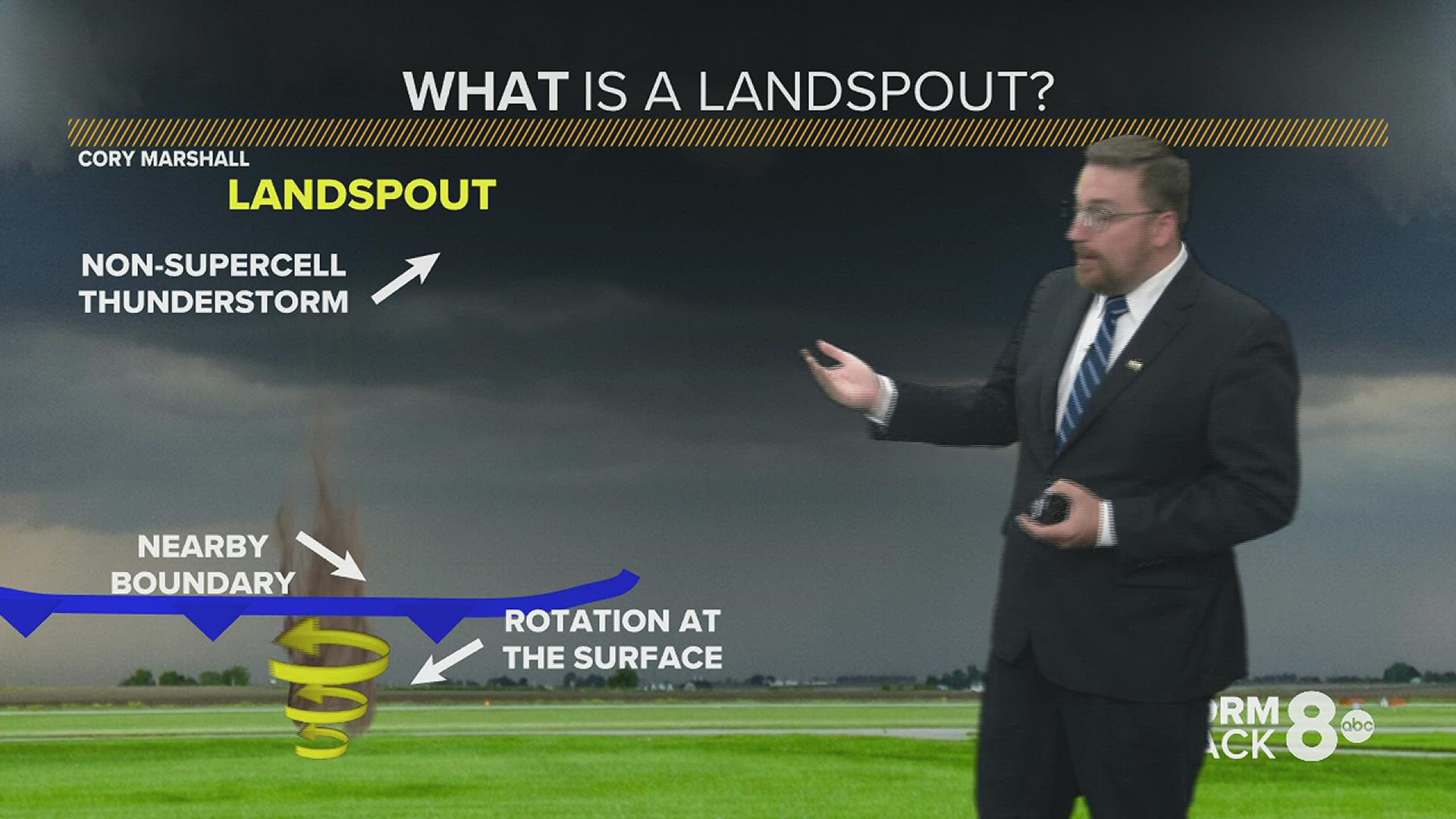MOLINE, Ill. — At the time of this publishing, the Quad Cities is still at a level 3 out of 5 for severe weather on Friday.
All threats are still an option at the time. This event will be our first severe event of the season. It is important that you and your loved ones have a plan and know what to do in the case of severe weather.
Let's debunk some myths about tornadoes:
1. Seeking shelter under an overpass
Taking shelter underneath a bridge is unsafe. Debris can fly under and hurt or impale you. If winds are strong enough they can suck you out from under the bridge.
The bridge itself can collapse or parts of it can peel off creating large debris that could hurt you. You could possibly get hit by another car driving on the highway.
2. Tornadoes never strike twice
If the ingredients are met, a tornado can occur at anytime or any place. A town in Kansas named Cordell was struck by a tornado three years in a row. In Guy, Arkansas, a church was hit by a tornado three times in a day.
3. Big cities and their tall buildings are protected from tornadoes
Tornadoes have directly hit U.S. cities. Tornadoes are typically between 5 to 10 miles tall. The tallest building in the world is only about half a mile tall, therefore a tall building in a city would not be to deflect or destroy a tornado.
4. Large lakes protect nearby areas from tornadoes
Although cold water and the cool air on top of the lake can provide a locally stable environment, more than likely, a tornado-producing storm would have a stronger driving force, therefore, disrupting the stable environment. Waterspouts, which are tornadoes over water, can occur as well.
5. Mountains, river valleys and large lakes inhibit tornadoes and/or cause splitting storms
Although these conditions are not optimal for tornado development, tornadoes can form at these locations. Strong tornadoes have crossed the Mississippi River and the Appalachian Mountains before.
6. Seeking shelter in the southwest corner of your home will protect you from flying debris
There was a misconception that all tornadoes move from the northeast, therefore if a tornado hits your home all the debris would move in the northeast direction away from you.
Tornadoes can move in any direction and so can the debris that it causes. Make sure to get to the lowest level of your house or your basement. You want to be in the most interior part of your house in a hallway or closet. You can also get into a bathtub and put a blanket or mattress over you.
7. Opening windows prior to a tornado can equalize pressure inside the house to prevent it from exploding
Opening your windows before a tornado will do absolutely nothing. You are wasting valuable time to get into your safe place. If your house is in the path of a tornado, it will cause damage regardless of what you do.
8. Mobile homes attract tornadoes
This is not true. Unfortunately, most tornado deaths occur in mobile homes and the most graphic videos that are shown are often of mobile homes. Mobile homes are more susceptible to damage from tornadoes, which is why they get damaged more than well-built homes.

